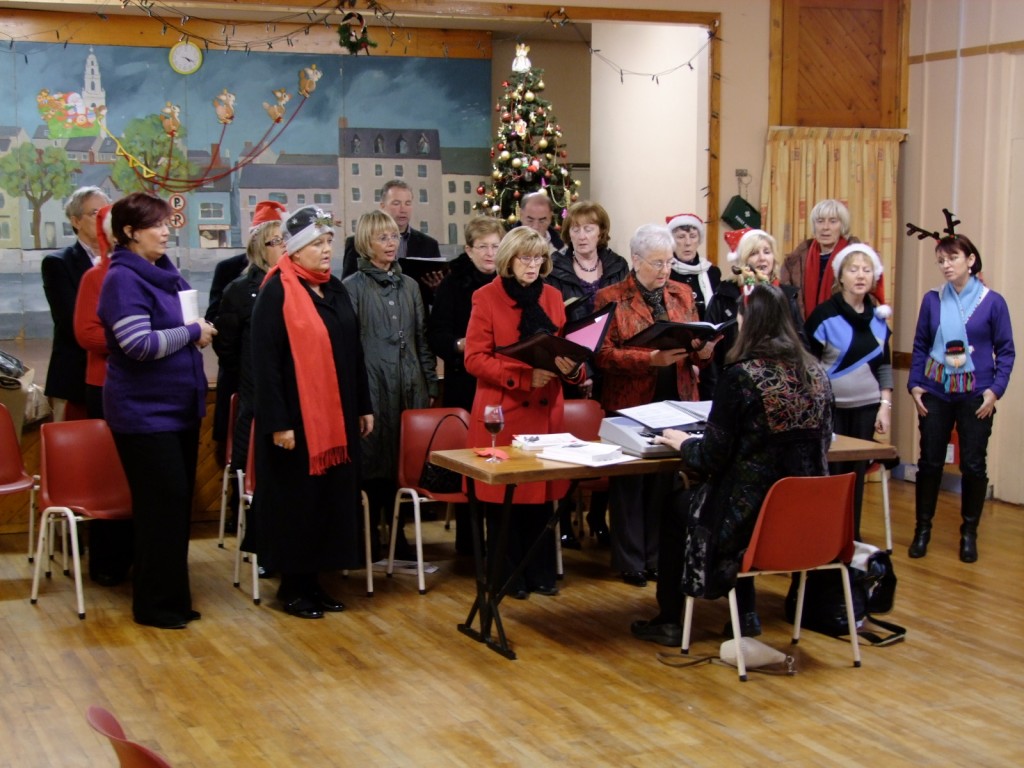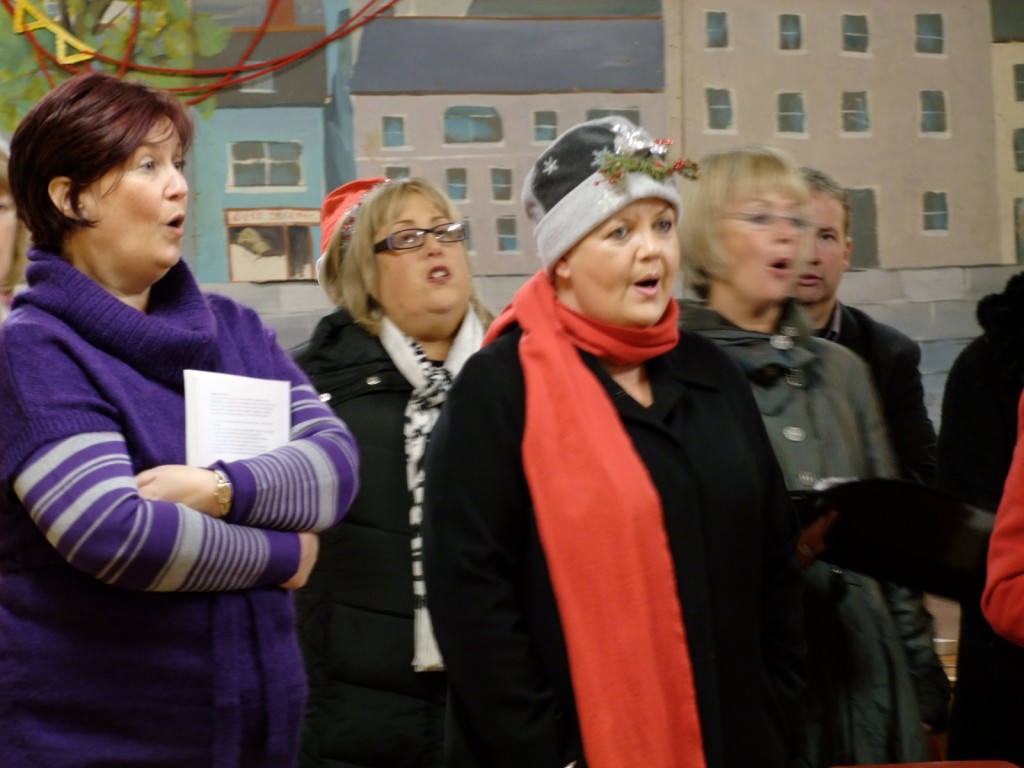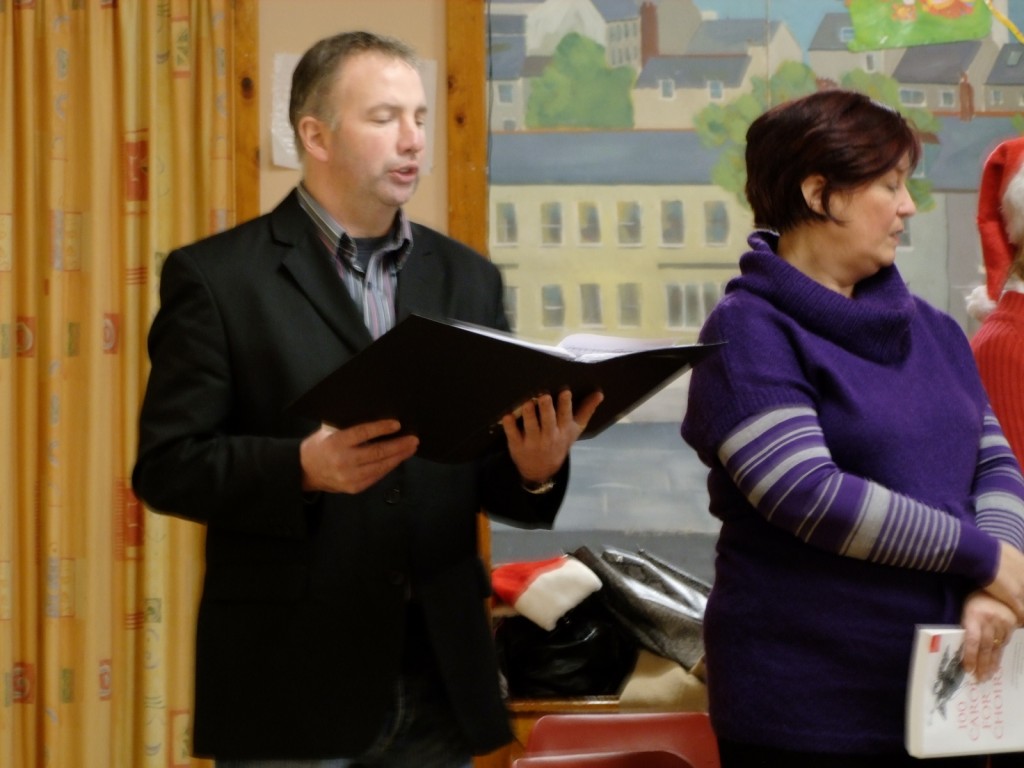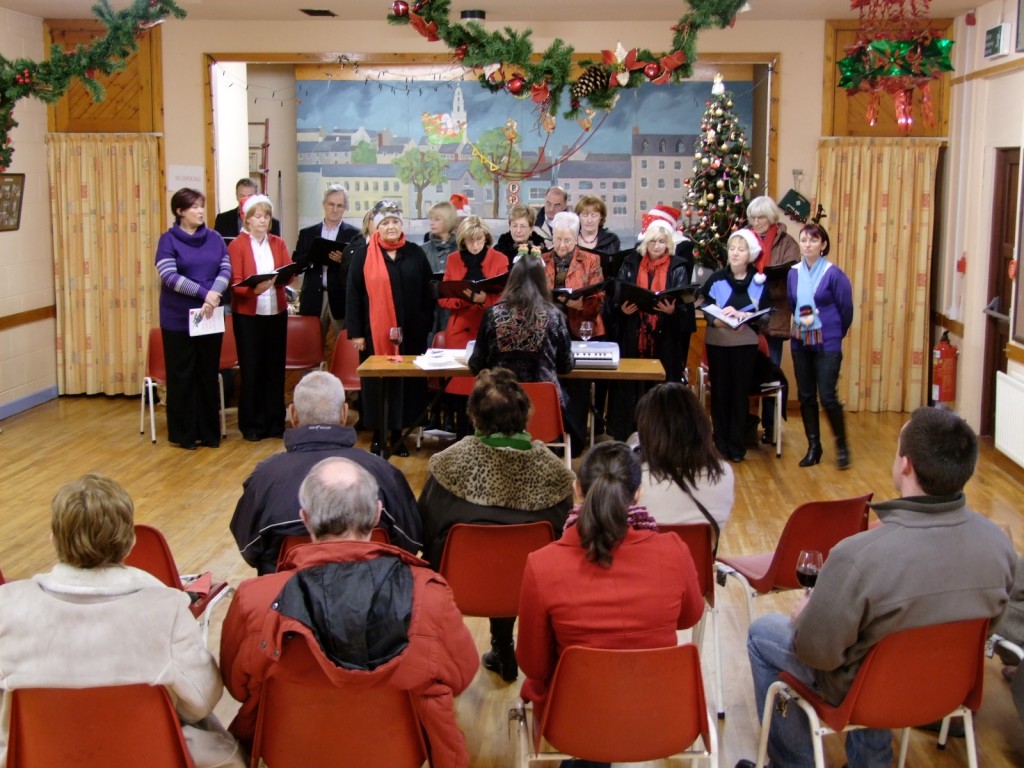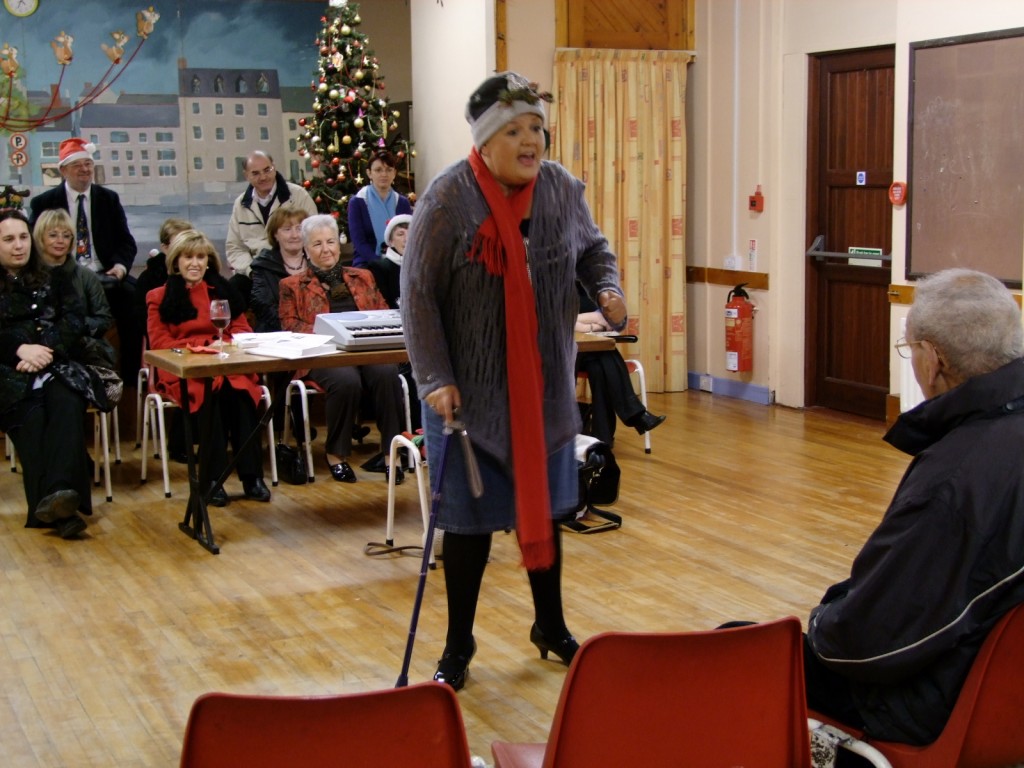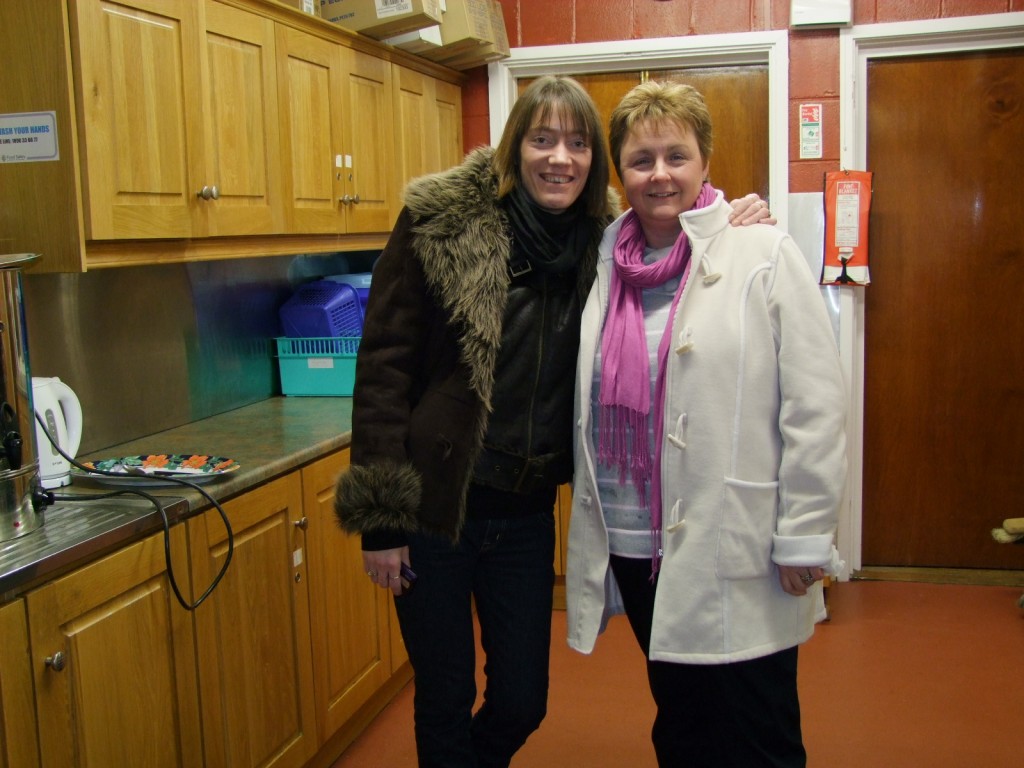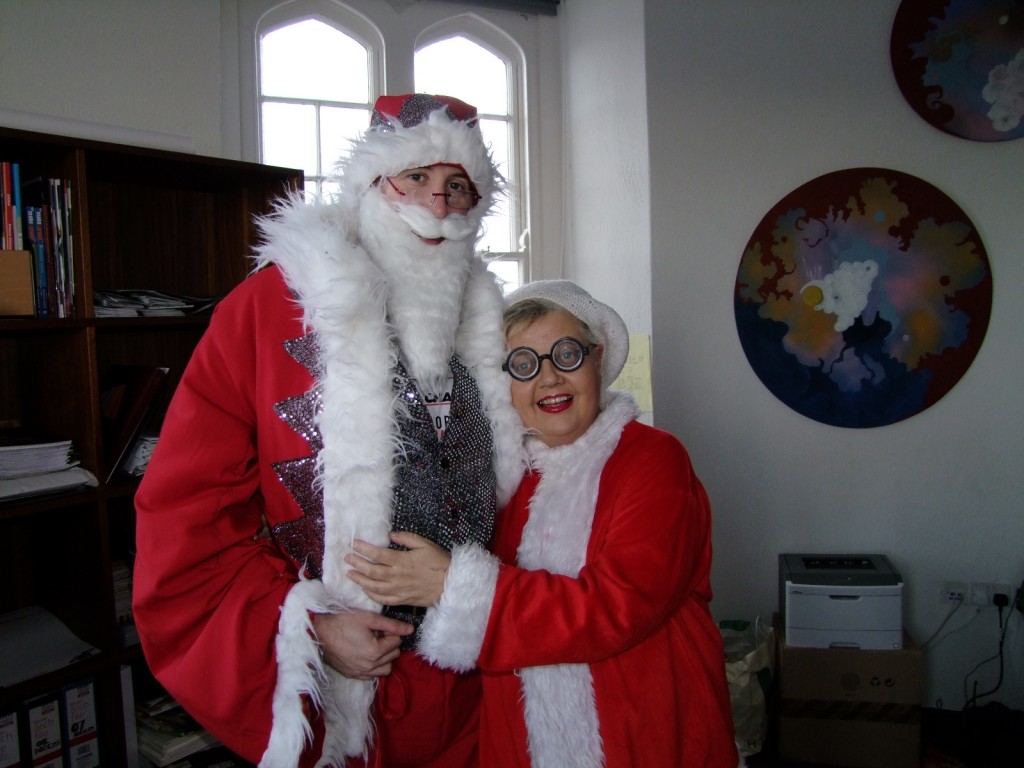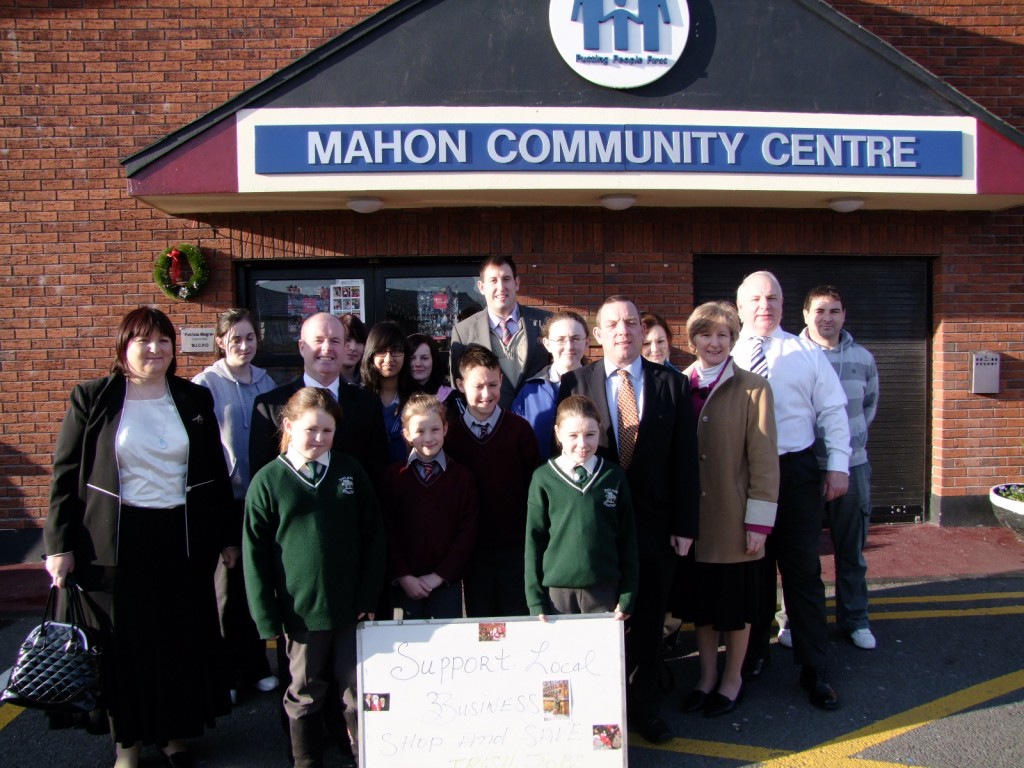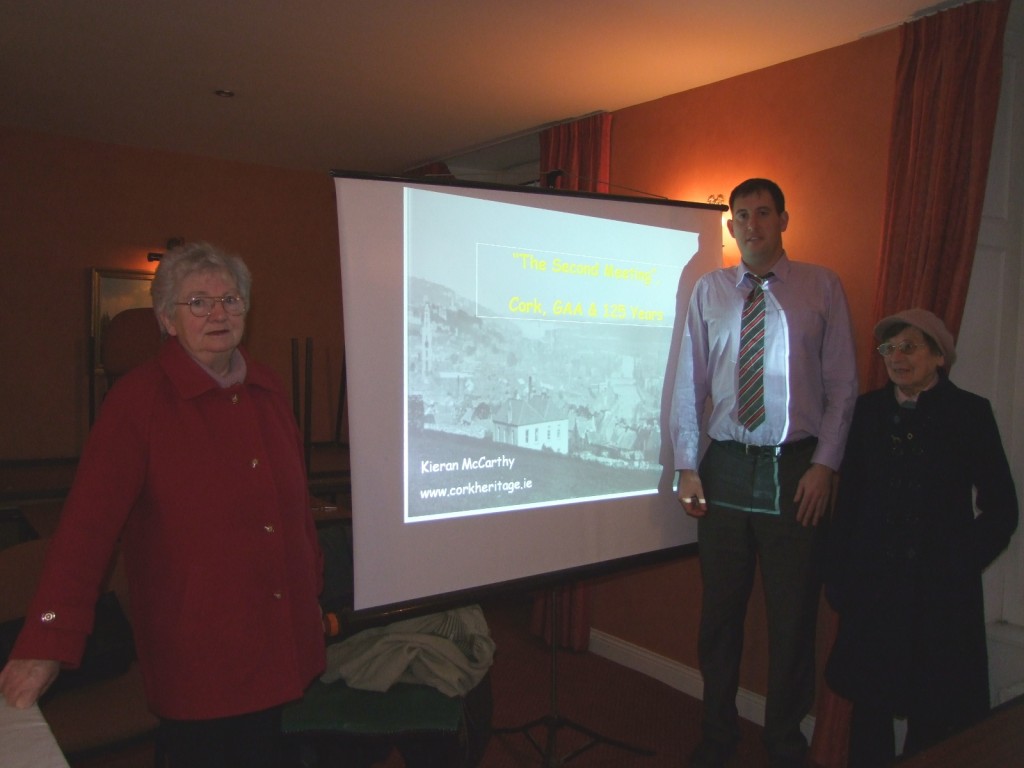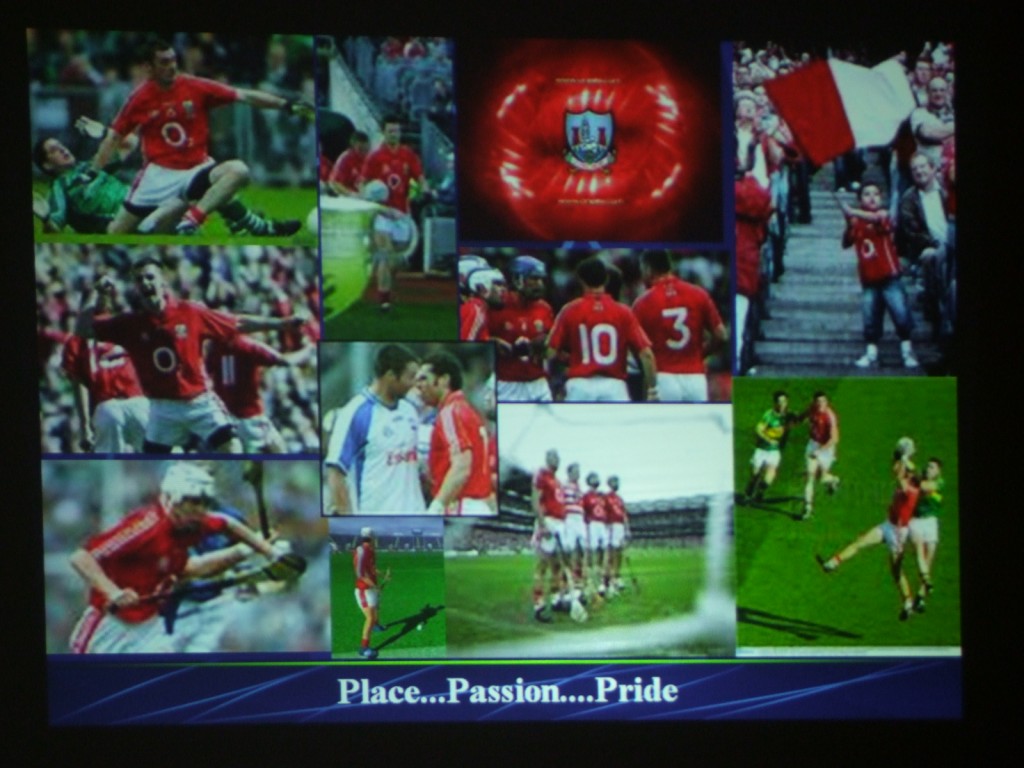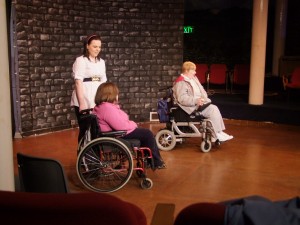
(article first published in the Cork Independent, 13 December 2007, adapted December 2009)
As a kid growing up in the 1980s, every Christmas, I received a lego set, usually some sort of building. Each year, there was the anticipation of getting something new, something to add to my small lego town.
Christmas is an annual stroll down memory lane. It is part of our heritage -our way of life. The ghosts of Christmas pasts are religiously recalled as we prepare to be locked in a type of time warp for a fortnight or so. There are other memories that I can remember – the joy of the school holidays. The dark evenings sitting in the back of the car as my mother collected my Dad from work on St. Patrick’s Street or Pana. I remember being taken back by the magical, transforming and bright Christmas lights on the narrow Oliver Plunkett Street. From the safety of the car, I also remember the blustery Atlantic winds and the wintry rain as it dislodged Corkonians in their shopping path.
I remember the Christmas trees on the streets and the Crib in the centre of Pana guarded annually by Share supporters. I can recall the huge crowds hoping over the central rails of the street to get to the other side of the street as if the railings provided an annual workout for our jaywalking Cork citizens.
I remember going to Ballyvolane Shopping Centre, when it initially opened and visiting Santa – those were the days, those wonderful and magical Christmases filled with Santa and the associated photos inset in the family photo albums. I remember my Dad bringing us to see Santa Claus The Movie in the old Capital Cinema.
There was the innocent excitement at Santa’s arrival on Christmas Eve. The difficulty in getting to sleep, eventually falling to sleep, then waking up and afraid to move in the bed in the early hours of the morning for fear of Santa would see me. My sister used to wake me like clockwork annually at 6pm. We crept down the stairs and if we were thieves in our own house, opening the sitting room and turning on the light to encounters colours of all sorts – as if the room was magically transformed overnight.
On Christmas Day, the family piled into the car and went to 9 o’clock Christmas mass at St. Augustine’s Church on the Grand Parade. We paid our respects to the crib and re-awakened the religious story in our minds of a baby born in a manger who changed society for good and I suppose in a sense for bad too. The Christmas dinner – turkey as well as the variety of spice, hams and bacon all came from the English Market. The slivers of multiple meats filled my little stomach but I still found room to eat a selection box, After Eights, Roses and Quality Street sweets.
The panto in the opera House was annually frequented. The opening bars of the entracte transported one to another world. Dames like Billa O’Connell brought me along in the story – you believed – you watched in awe as the battle between good and evil took place and then everyone lived happily afterwards.
Have my childhood memories changed in twenty years? Do I still get inspired and re-inspired. Yep I still do. It’s difficult not to be re-awakened by Christmas, that season of specialness. Once the street Christmas lights are turned on, the city seems to buzz with anticipation. The preparation begins weeks before the 25 December and with growing commercialisation gets earlier every year. Contrasting against all that goes with that debate, the Crib on Daunt’s Square gets pride of place and reminds one of a fortress surrounded by Share collectors who spread out over the city centre engaging Corkonians.
This year more so than other years, on the Grand Parade you can sense change. As the last of the leaves are blown down from the Parade’s trees, you can feel Christmas is not only coming but also this year the Grand Parade is getting a makeover. Recent urban renewal is creating new ways of being inspired on the Parade. The new mast-like lamps, known as the Sarah Flannery lights, extend now from St. Patrick’s Street to the Grand Parade transforming the streetscape and even adding to the festive mood. The architecture of the lights represents the masts of ships. At one time, the Grand Parade was a former and natural waterway of the Lee and was one of the first to be filled as the city expanded eastwards in the eighteenth century reclaiming other marshy islands in the process and creating the framework of the modern city.
Bishop Lucey Park is the site of the Enchanted Forest Christmas in the Park fest. There the remnants of the town wall, remind us further of Cork’s origins as a small medieval settlement across two marshy islands and testament to how the city has expanded beyond its core. The gates to the Park belong to the old Corn Exchange on the site of today’s city hall. The sheaf of wheat in between the arches remind us of the city’s economic heritage in commodities such as corn and butter and beef.
The Canon in the adjacent footpath represents tensions arising from the Siege of Cork in September 1690, where supporters of the Catholic King James II took over the walled town and the town was besieged by William of Orange forces, causing the walls of the town to be battered and subsequently taken down in the first decade of the 1700s by the Tuckey family. The Tuckey family reputedly turned the canon upside down and used it as a bollard on their quayside for tying up ships.
Wider footpaths on the Grand Parade mean you can now stop and enjoy the city’s built environment with all its higgledy piggleness design with all the different colours and different heights. A square has been created in front of the library. The revamped Berwick Fountain and the National Monument are echoes from Cork’s civic development in the nineteenth century and the City’s and the region’s rebel past in the early twentieth century respectively. The stall owners in the English Market (established in 1788) prepare for another Christmas with all its products especially the turkeys, hams and spice beef.
So what are you waiting for, Christmas is what you make it no matter what age you are at. Get out and re-witness your youth in the city. Look to the skies and perhaps who will re-awaken your imagination and see a team of reindeer pulling a sleigh with a red suited bloke pushing onwards through the Cork sky…






